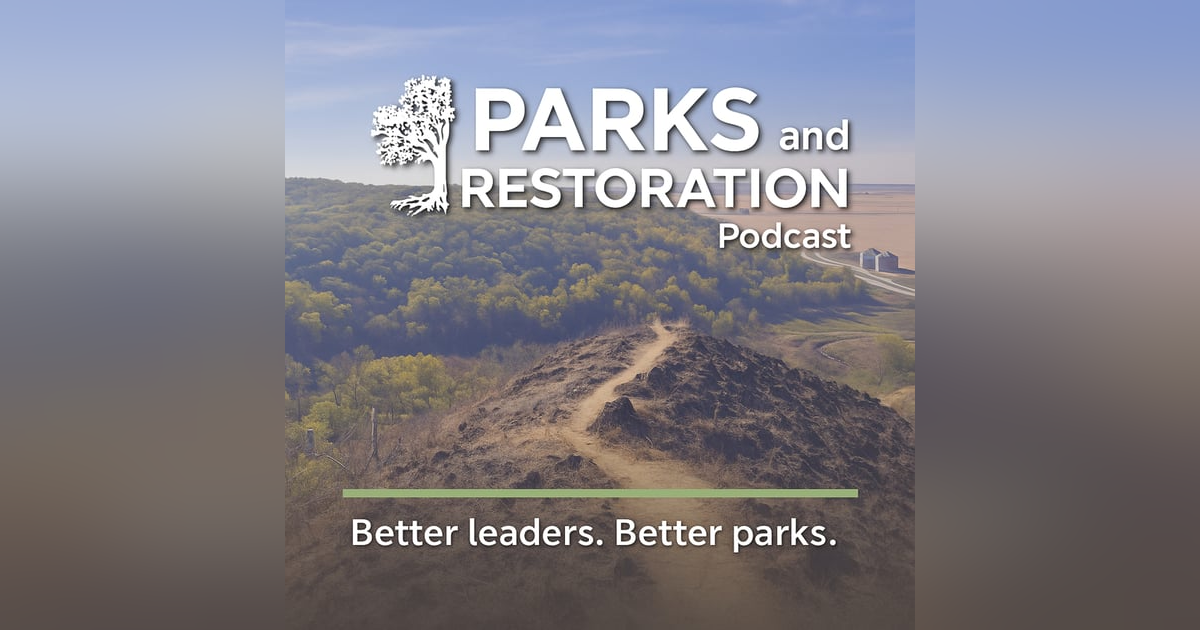76. How to get more done by doing less

Sometimes, productivity doesn’t come from adding more—it comes from taking things away. In this episode, Chris and Jeremy explore the law of subtraction through lessons from oak trees, prairies, and leadership. A fascinating Tennessee study showed that fertilizing oak trees had no effect on acorn production, but thinning the stand by 50% boosted production by 65%. The takeaway? Productivity often increases when we remove competition and clutter.
From managing cedars in prairies to reducing meetings and programs in the workplace, the guys connect ecological energy management to the way we lead our teams. They share practical ways to apply subtraction—cutting busywork, saying no to non-mission-critical projects, and empowering others to do the same—so you and your team can focus on what truly matters.
Do less to accomplish more.A 50% reduction in oak density produced a 65% increase in acorns. The same principle applies to our work and leadership.
Manage energy by what you remove.Just as ecologists remove cedars to let sunlight reach native prairie plants, leaders can remove bureaucracy, busywork, and distractions to free up their people’s energy.
Clarity through subtraction.Jim Collins’s Stop Doing List and Greg McKeown’s Essentialism both remind us that great organizations get clear on what not to do, freeing focus for the work that truly drives their mission.
Nature and leadership run on the same rules.Whether thinning forests or cutting unproductive projects, subtraction creates the conditions for new growth and stronger ecosystems—natural or organizational.
“We always think productivity comes from adding more initiatives, more committees, more goals. But often, the real productivity gains come when we thin the stand.” — Chris Lee
“In the prairie, the plants you want are already there. You just have to remove what’s stifling them. The same goes for people.” — Jeremy Yost
“When leaders focus on subtraction, they free people up to do the work they were hired and inspired to do.” — Chris Lee
How you can apply these lessons:
Get clear on the "WHY" Work with your team to determine what's truly important.
Do a “timber cruise” of your priorities.Identify projects, meetings, and reports that drain energy without creating value or contribute to mission.
Create a Stop-Doing List.For every new “to-do,” remove something that doesn’t advance your mission.
Audit meetings and processes.Eliminate or consolidate recurring meetings with no clear outcomes.
Empower people to say no.Build a culture where questioning nonessential work is encouraged and rewarded, not punished.
Experiment.Try subtracting something for a quarter. You can always add it back—but you’ll likely discover you don’t need to.
Resources:
Brooke et al. (2019): Effects of fertilization and thinning on acorn production in upland oak stands.
Leidy Klotz – Subtract: The Untapped Science of Less
Jim Collins – Good to Great
Greg McKeown – Essentialism
---
About Parks and Restoration
Better leaders. Better parks.
Parks and Restoration is THE show for current and rising leaders in the parks, conservation, and natural resource professions. Every two weeks, you get new episodes that explore key leadership concepts and how they apply to you and your team.
Great parks and healthy lands and waters are the products of strong leadership. We aim to help you become that leader.
Join the movement (and the email list) at www.ParksandRestoration.com

